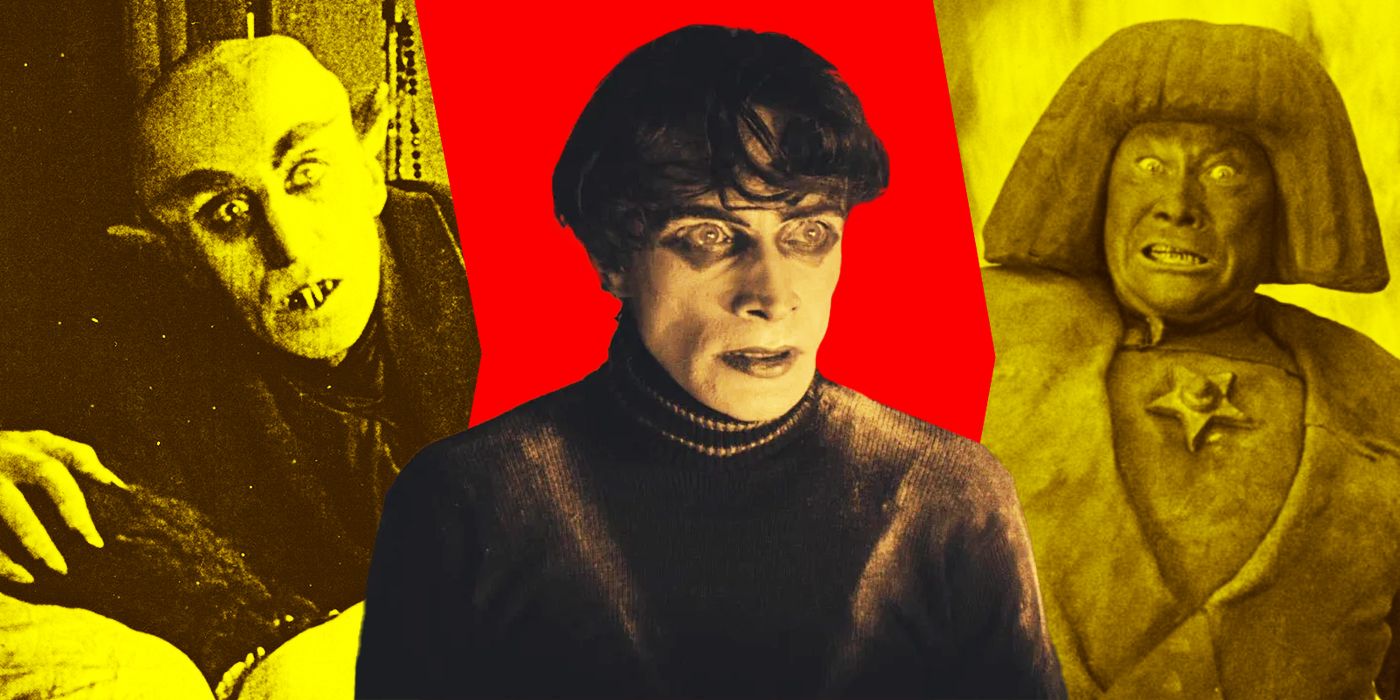German Expressionism was a significant artistic movement in the early 20th century that prioritized the artist’s inner emotional struggles over realism. It rejected real-life situations and used exaggerated expressions and heightened emotions. The movement thrived in the 1920s during the Silent Era, producing famous films such as “The Cabinet of Dr. Caligari” and “Nosferatu.” These films showcased the eerie and unsettling nature of German Expressionism, with intense performances and striking visuals. The movement greatly influenced the horror genre and left a lasting impact on film history.
Meta Data: {“keywords”:”German Expressionism, Silent Era, horror films”}
Source link
